Tags
Asbern, Barbara Hodgson, Bernard Moitessier, Book Arts Program, booklets, Florida, Florida State University, French, gum bichromate prints, intaglio, letterpress, Marnie Powers-Torrey, Michelle Ray, Neenah Environment, Optimal, photographs, photolithographs, photopolymer, Salt Lake City, Tallahassee, The Small Craft Advisory Press, Trajan, Twentieth Century Medium Italic, University of Utah, Utah, VERVE, yachtsman
Several pieces from the rare book collections were used to help illustrate “What Makes A Book So Special,” episode 1, season 6, Its All About the Book, from VERVE, featuring Marnie Powers-Torry, director of the Book Arts Program.
A Casual Commentary: front seat, u.s.a.
Marnie Powers-Torrey
Salt Lake City: UT: M. Powers-Torrey, 1999
N7433.4 P69 C37 1999
Typeface is Twentieth Century Medium Italic. Handset and printed on an Asbern letterpress. Photographs are gum bichromate prints, photolithographs, and intaglio prints from photopolymer plates. Edition of 15 copies, signed and numbered. University of Utah copy is no. 4.
God Created the Sea and Painted it Blue So We’d…
Michelle Ray
Tallahassee, FL: The Small Craft Advisory Press, Florida State University, 2013
N7433.4 R395 G63 2013
Title is derived from a quote by Bernard Moitessier, a French yachtsman. Eleven unpaged booklets issued in a basswood box attached to linen hardcover with embossed title and printed endsheet. Inside the box are two compartments. One contains a tunnel of cut-out illustrations. The second compartment holds a cardboard box with title printed above tab enclosure and which contains the booklets. Images and text created with photopolymer plates, using Trajan and Optima typefaces on handmade cotton/abaca, French Construction, and Neenah Environment papers.
Mrs. Delany Meets Herr Haeckle
Barbara Hodgson
Vancouver: HM Editions, 2015
N7433.4 H63 M77 2015
From the publisher’s website: [Mrs. Delany] is an “imagined collaboration between Mrs. Mary Delany (1700-1788), an English widow, woman of accomplishment, and creator of imaginative botanical ‘paper mosaics’ and Herr Ernst Haeckel (1852-1911), a distinguished and controversial German biologist and artist who devoted much of his time to the study and rendering of single-celled creatures.”
Cut paper image of a microscopic organism affixed to frontispiece with another cut-paper image affixed to the recto of the same sheet; eleven cut-paper interpretations of microscopic organisms tipped on to captioned plates; tipped-in cut-paper initials, numerous smaller cut-paper decorations. The paper cuttings are adapted from Ernst Haeckel’s Die Radiolarien (1862) and Kunstformen der Natur (1899-1904). They are cut from a variety of papers, including Yatsuo, Kozuke, mulberry, Gifu, Kitikata, and Kiraku kozo from Japan; Ingres and unidentified wove from Europe; and Reg Lissel handmade papers from Canada. Some were cut from papers previously marbled in the Turkish or Suminigashi styles. Some were dyed by the papermaker; some were dyed or otherwise hand-colored for this book. The cuttings are mounted on one of Arches text wove (white), Arches MBM Ingres (black) or Hahnemuhle Ingres (black).
Bound in full polished morocco, ruled and stamped decoratively in red and gilt with a gilt-lettered spine by Claudia Cohen. Marbled endpapers. Issued in orange clamshell case with a gilt-lettered spine label.
Edition of twenty-five copies plus six hors de commerce, each signed by the author, printer, and binder. Rare Books copy is XXII.
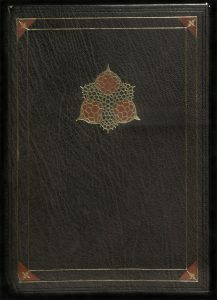
Jabberwocky
Barry McCallion
East Hampton, NY: 2015
PR4611 J32 2015 oversize
India ink washes, various collage and drawing elements incorporating metallic gold paper and aluminum foil with text from newspaper type, copied on various papers, each letter cut out and collaged in a myriad of shapes and sized as well as colors. Richard de Bas cream wove paper. Bound by Joelle Webber: hand-sewn yellow colored silk over boards with title on front panel, a reduced reproduction of the title-page. Blue and silver endpapers by St. Armand, terracotta colored guards. Housed in tan linen over boards, clamshell box, title in red reproduced from the title-page with yellow and red reproduction of first page inset on front panel. Signed and dated by the artist.
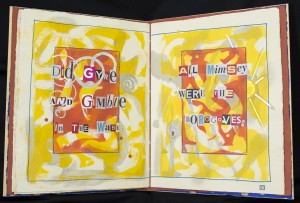
The Arctic Plants of New York City
James Walsh (b. 1961)
New York City: Granary Books, 2015
N7433.4 W355 A73 2016
From the publisher’s website: “The Arctic Plants of New York City combines personal letters, poetry, prose essays, scholarly research, botanical exploration and artistic investigation, and ranges from the Doctrine of Signatures to the sleep of plants, and from Jean-Jacques Rousseau and John Muir on mental travel to Giacomo Leopardi and Charles Baudelaire on the necessity of illusion for art and life. Interspersed throughout the book are a number of two-page spreads that focus on a single plant, such as Common Mugwort, with a mounted botanical specimen of that plant surrounded by texts drawn from earlier writers on botany and set in verse, creating a field of word-objects interacting with plant-objects. The letters that open the book lead into a prose essay that touches on the souls of plants, their use in medicine and as spurs to mental travel, their transience, their migrations, their meaning. A bibliography lists the most essential works from the author’s research and the book concludes with a reproduction of the index from Nicholas Polunin’s Circumpolar Arctic Flora (1959), in which the author has marked in red pen the eighty-eight Arctic plants that occur in New York City. Written, designed, and printed letterpress by James Walsh, with eighteen botanical specimens pressed and mounted by the author. Bound by Daniel Kelm at Wide Awake Garage.” From the colophon: “All the plants were gathered in Brooklyn.” Printed by the author using two Vandercook proof presses at the Center for the Book Arts. Text paper is Somerset Book White, endsheets are Hahnemuhle Ingres Blue Green. Cloth bound in Dover Oxford Black. Edition of forty copies, 34 of which are for sale.

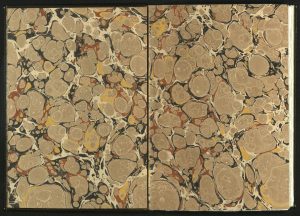
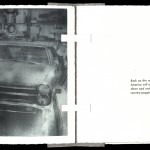
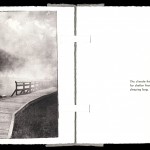
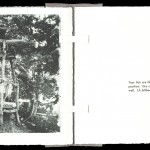
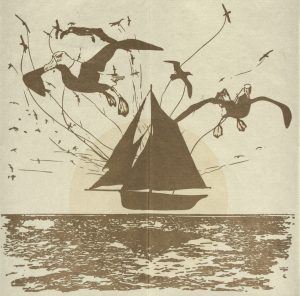
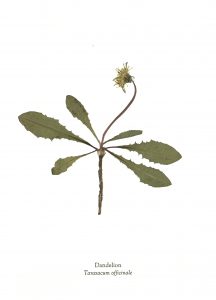

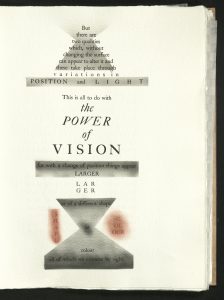
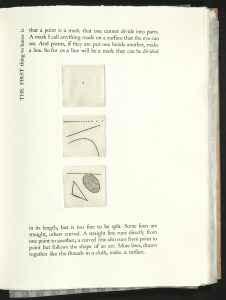
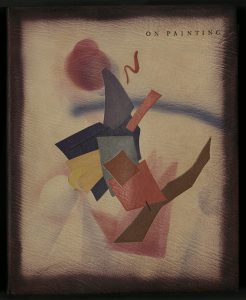
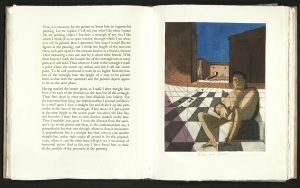
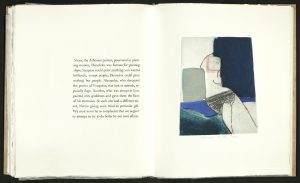
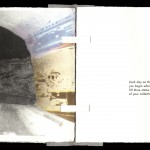
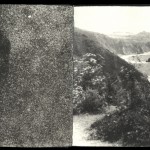
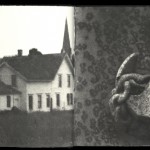
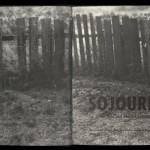
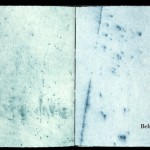

You must be logged in to post a comment.